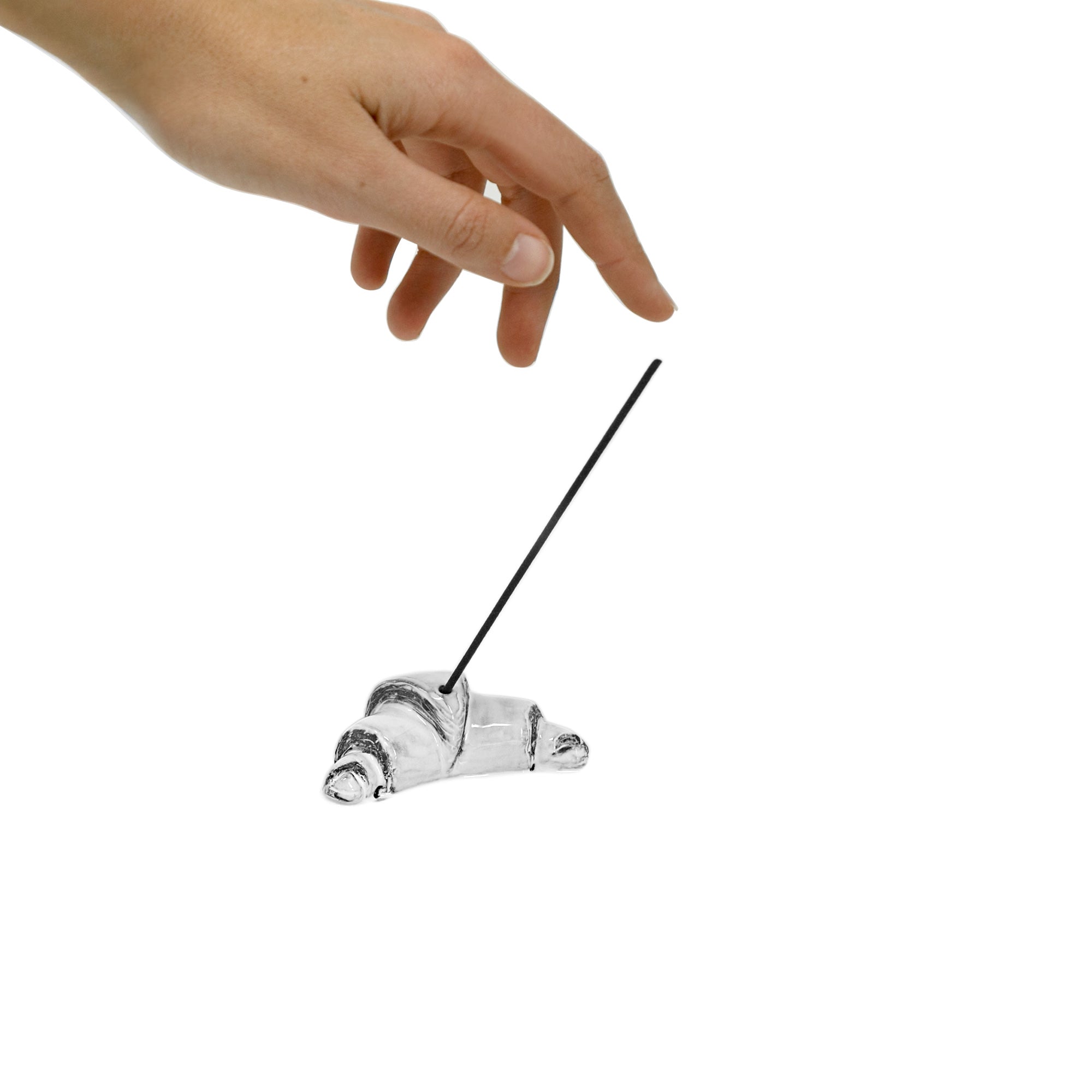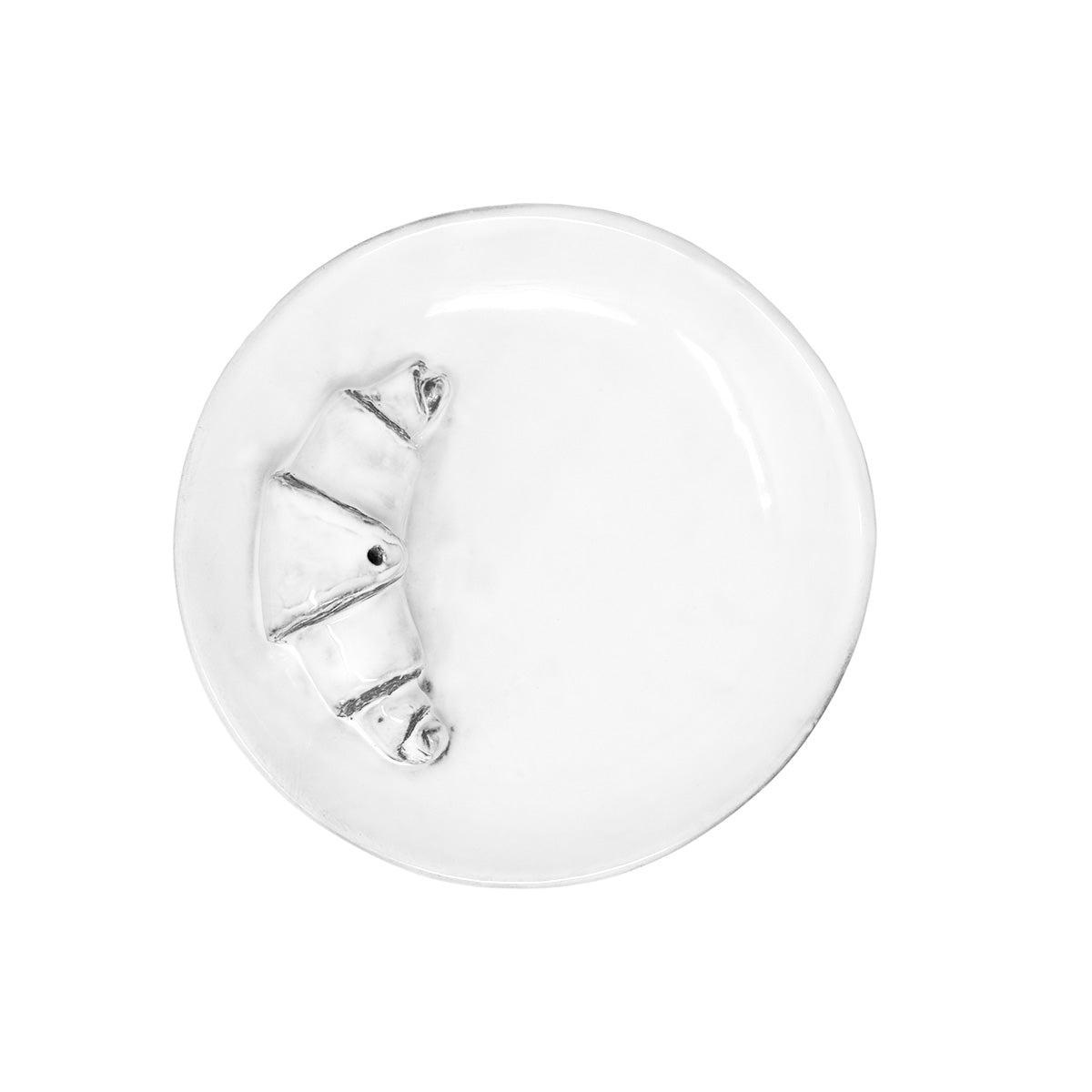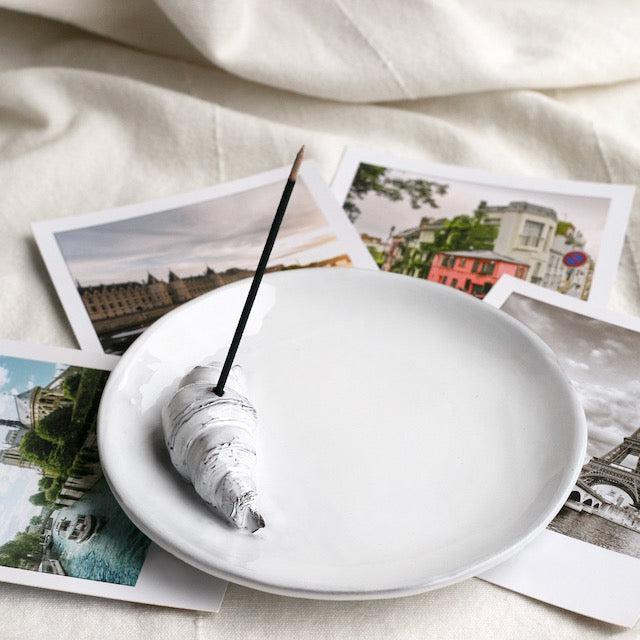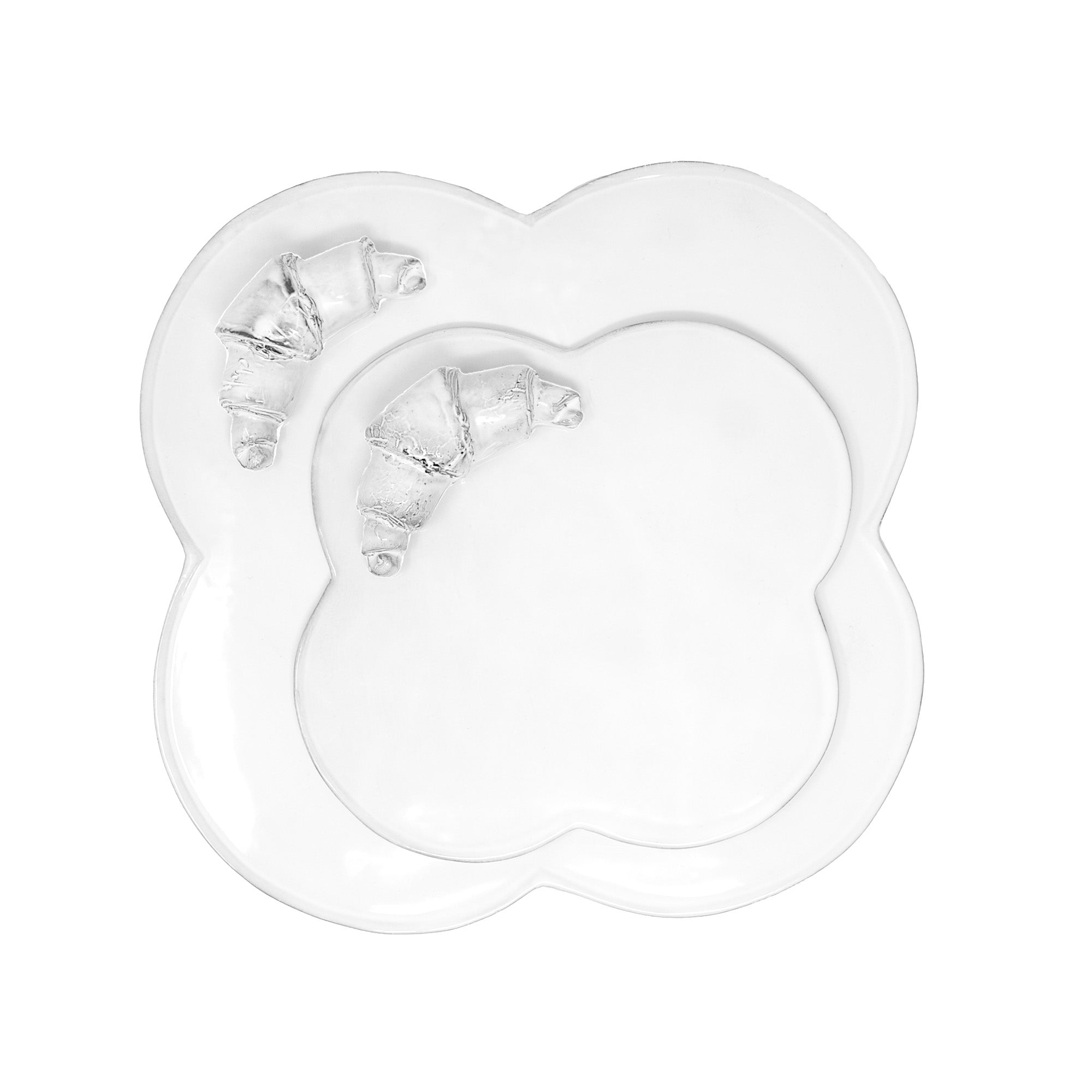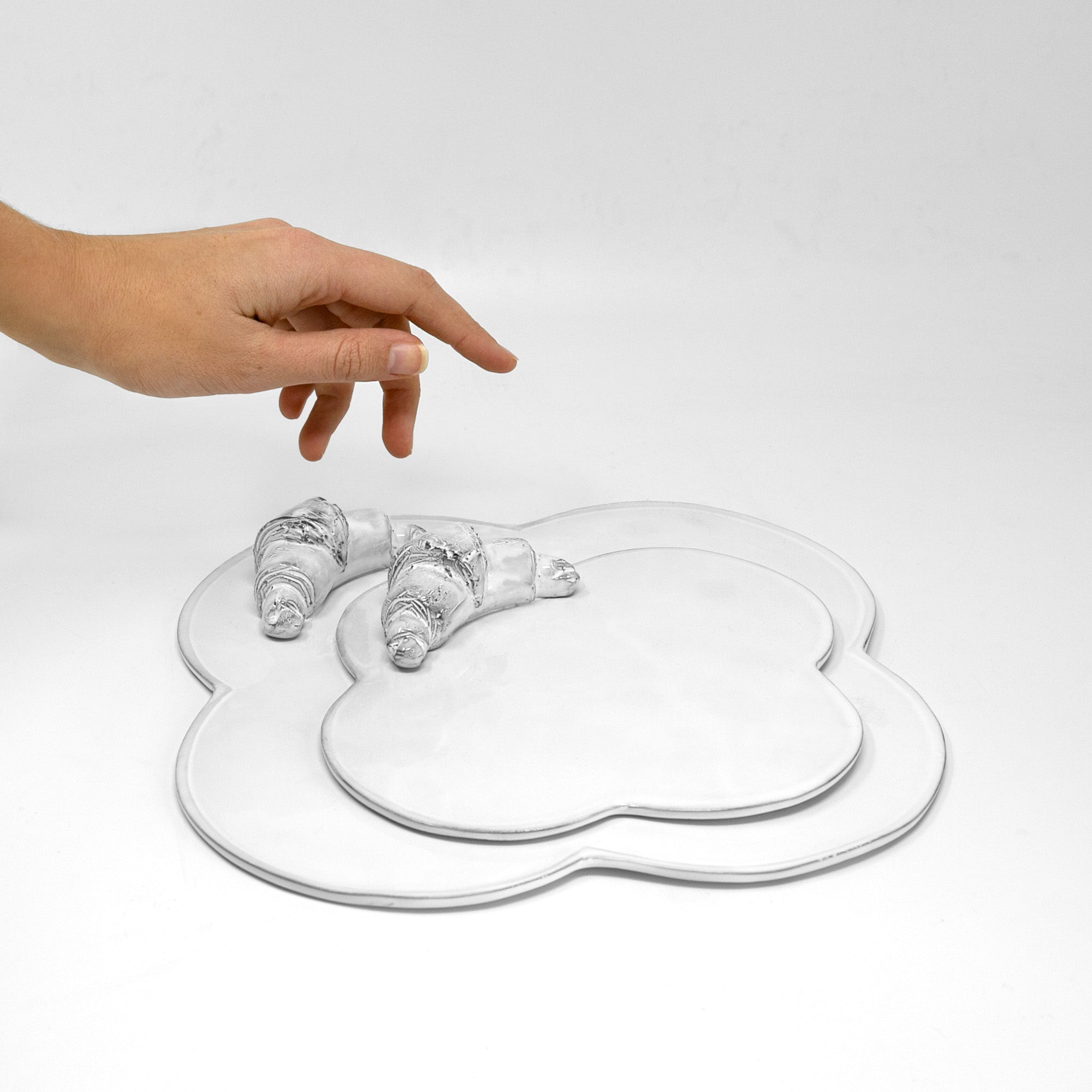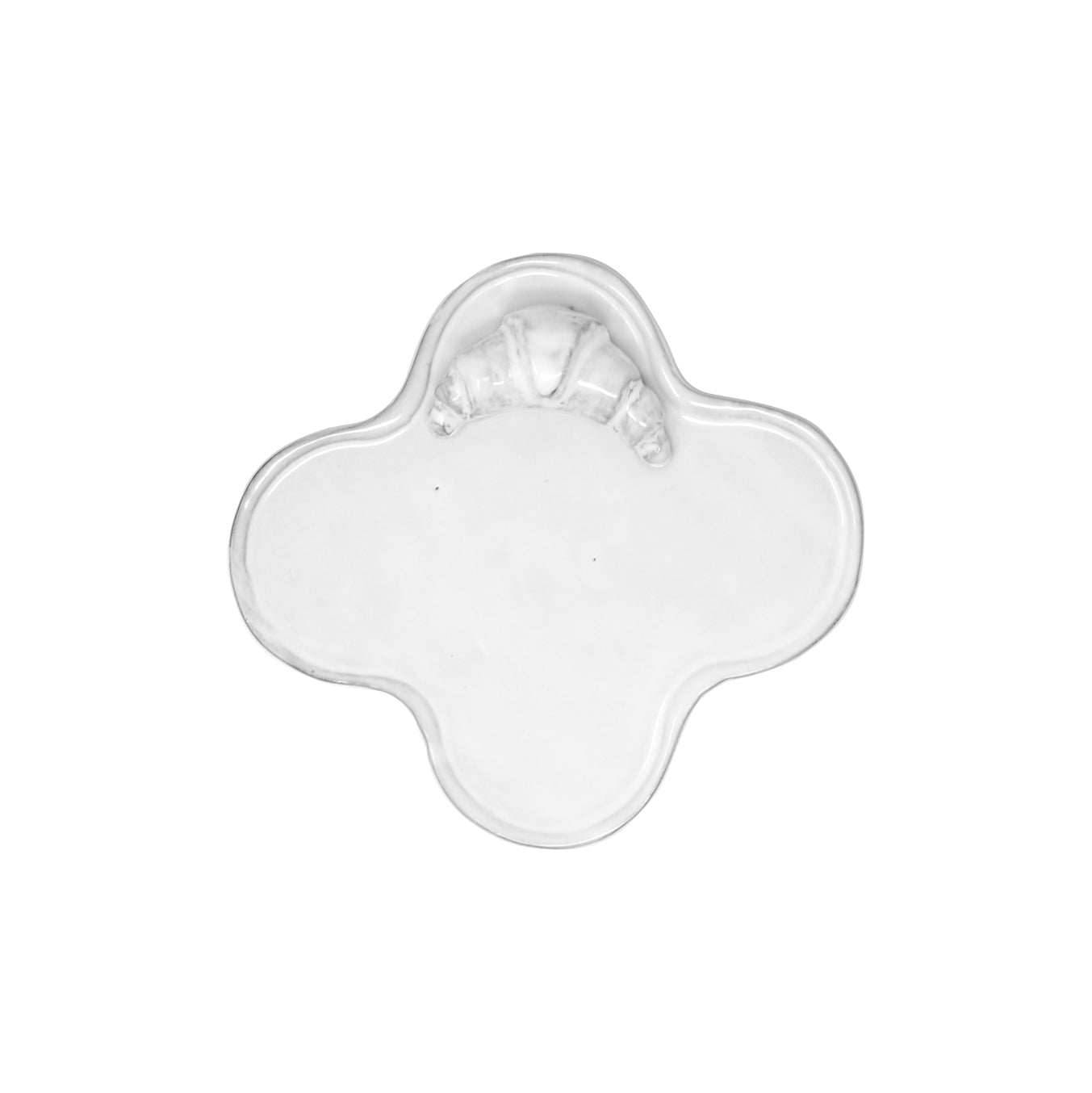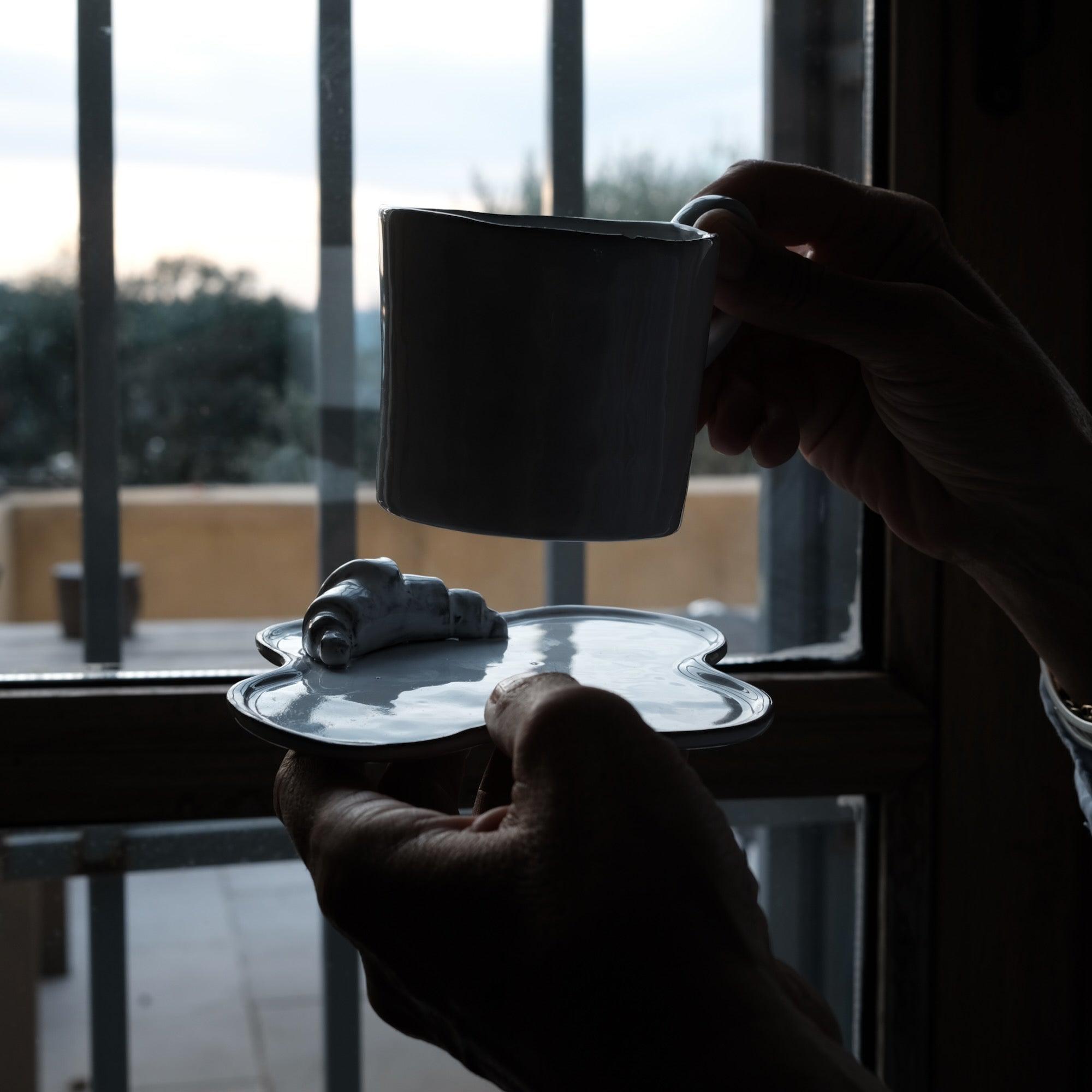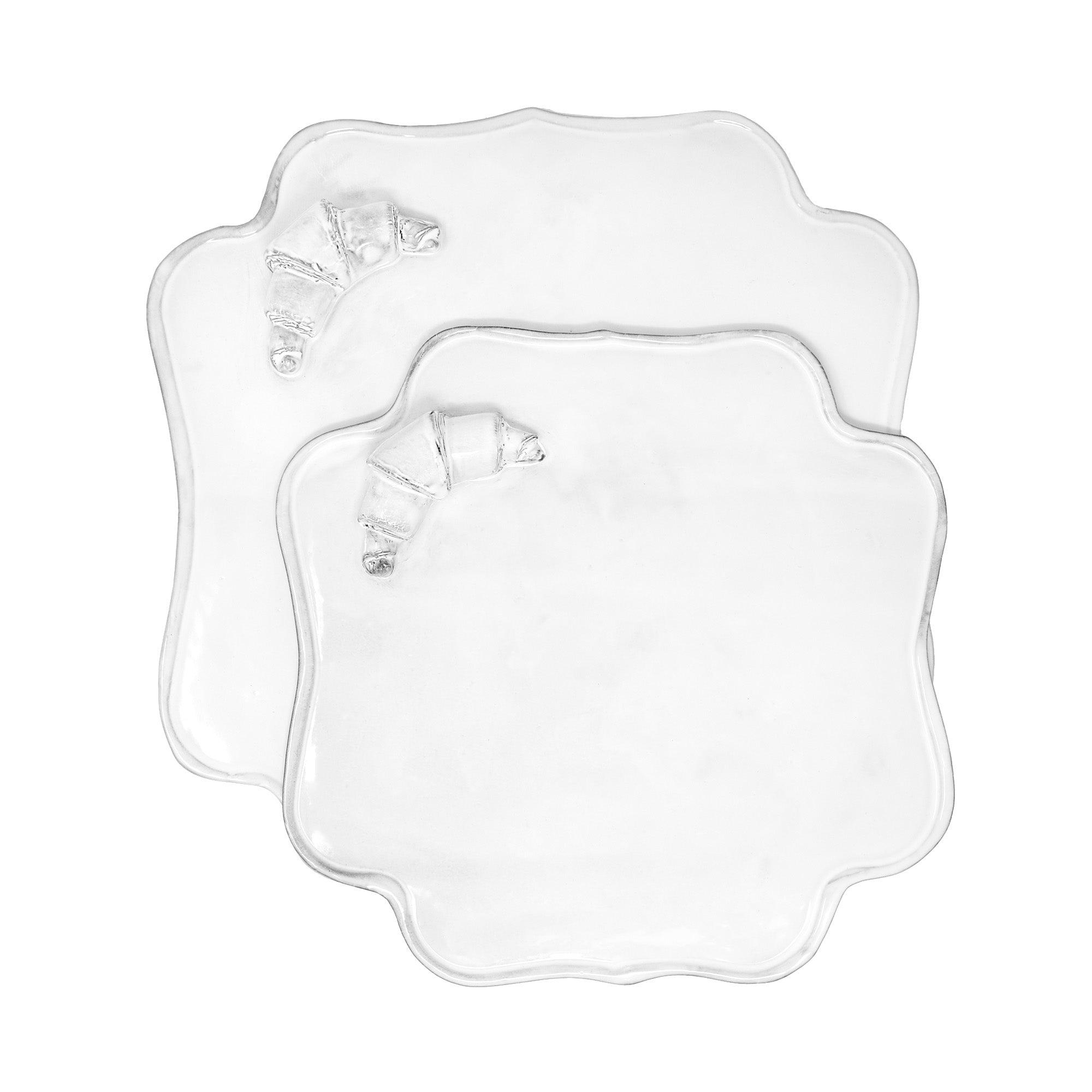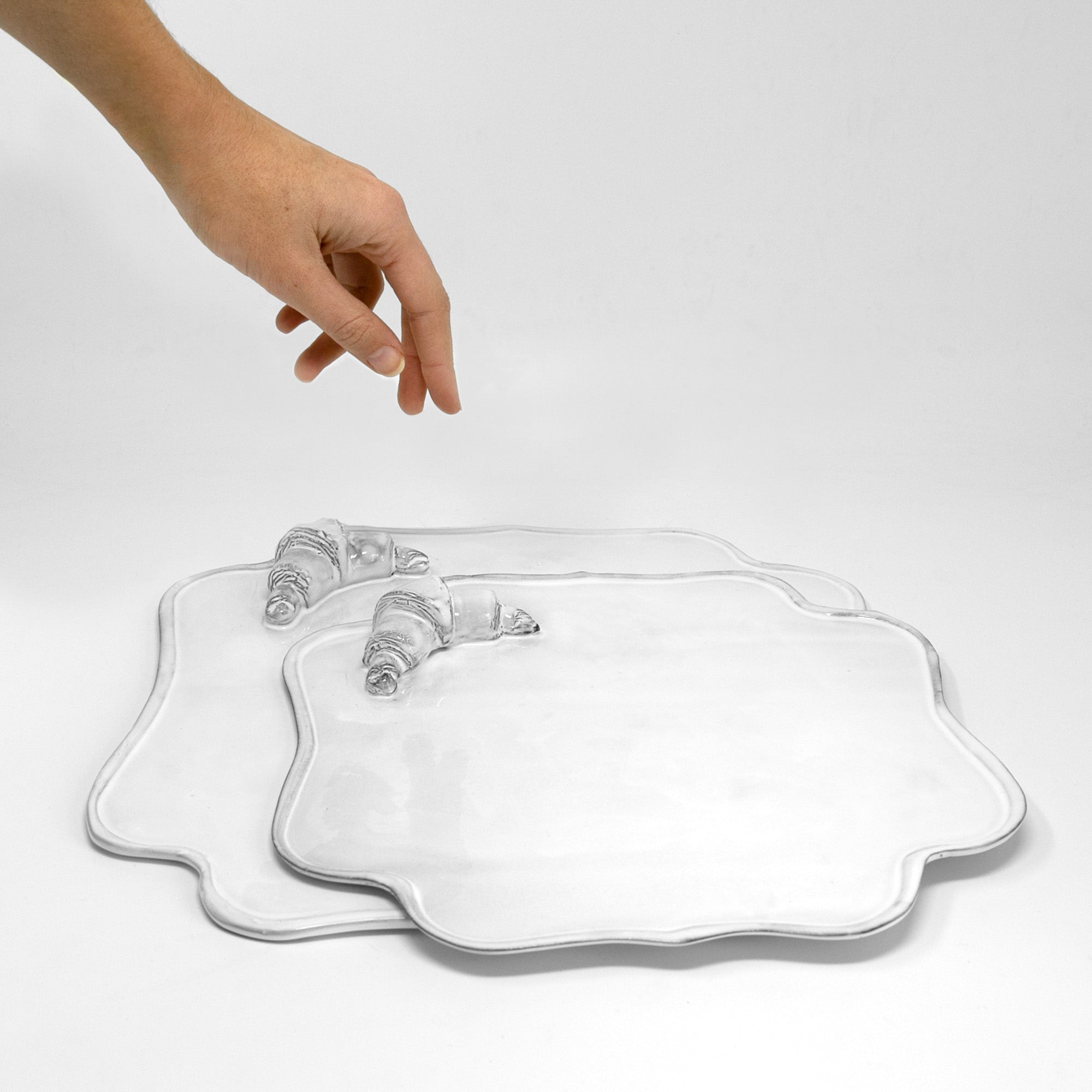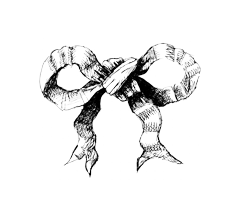Viennese origins - Marie‑Antoinette
The croissant arrived in France with Marie‑Antoinette, daughter of the Emperor of Austria who became Queen of France. Nostalgic for Viennese treats, she is said to have asked her bakers to reproduce the kipferl, crescent‑shaped pastries that prefigured the croissant.

From Vienna to Paris - 19th century
In the 19th century, the opening of Viennese bakeries in Paris, notably August Zang on rue de Richelieu in 1839, directly inspired Parisian bakers. With rigorous skill, they reinvented the recipe using yeasted laminated dough and Normandy or Charentes butter. The modern croissant was born: finely layered, lightly sweet, airy, crisp, and golden.

Artisan bakery - laminated dough, AOP butter
In good artisan bakeries, the butter croissant is a benchmark of French viennoiserie. Quality ingredients, discipline, and patience are essential: precise lamination, slow proofing, characterful AOP butter.
How to spot an exceptional croissant
A well‑made croissant shows regular crisp layers, a light open crumb, and a balanced taste between farm butter (preferably lightly salted), sugar, and leaven. It cracks, then melts, and fills the air as it bakes.
French breakfast ritual - coffee, hot chocolate
In France, the croissant is more than food. It sets the pace in cafés and family kitchens, alongside a black coffee or a hot chocolate. Weekend pleasure, a child’s snack, a quiet moment: everyone has a way to enjoy it, plain, dipped, or filled with chocolate, cheese, or jam.
Ways to enjoy it
Some eat it plain, others dip it in their bowl, or split it to tuck in a bar of chocolate, a piece of cheese, or jam. Purists may frown, but each person has a croissant and a way to love it.

A universal classic - variations and creations
Worldwide variations
From Tokyo to New York, from Melbourne to Marrakech, the croissant has travelled and adapted: almond, chocolate, custard, or savoury versions with cheese, eggs, bacon, salmon, or vegetables.

In contemporary pastry, it is a playground for experimentation: the cronut, two‑tone croissants coloured with spirulina or activated charcoal, rolled “snail” formats, or hot‑filled croissants in chic street‑food style.
French art de vivre - a layered symbol
The croissant is a Proustian madeleine in layers: the bakery bell, the still‑warm paper bag, the smell of butter in the street.
It embodies the French art de vivre: the quest for good, for beauty, for simplicity and truth. In short: see you tomorrow for a café‑croissant on the terrace.
Traditional recipe - AOP butter croissant
Makes 15 to 20 croissants
Ingredients
Dough
- 500 g flour (T45 or T55)
- 125 g whole milk, cold
- 125 g water, cold
- 50 g sugar
- 10 g fine salt (omit if using salted butter later)
- 20 g fresh baker’s yeast
- 50 g unsalted butter, softened
Butter block for lamination
- 250 g AOP butter, cold, rolled into a thin slab (farm salted if you dare)
Egg wash
- 1 whole egg + 1 yolk + a pinch of salt
Method
- Dough: mix flour, sugar, and salt. Dissolve yeast in milk and water. Knead, then add the softened butter. Shape into a ball, wrap, rest 1 h at room temperature, then overnight in the fridge.
- Butter block: roll the cold butter into a 15 × 20 cm rectangle. Reserve.
- Lamination: roll dough to 40 × 20 cm, enclose the butter, roll to 60 × 20 cm, make a double fold. Rest 30 min. Make a single fold. Rest 30 min. The butter must stay enclosed.
- Shaping: roll to 3–4 mm thick. Cut triangles 10 × 25 cm. Roll from base to tip. Place on a tray, spaced out.
- Proof: proof at 25 °C for 1 h 30 to 2 h.
- Bake: beat the whole egg with the yolk and salt. Brush gently. Bake at 180 °C (fan) for 15 to 20 min depending on colour.
Tips
- Choose AOP butter for lamination, whole milk, and free‑range eggs.
- Respect resting times to avoid butter leaking.
- Freeze shaped croissants before proofing for bake‑on‑demand.


